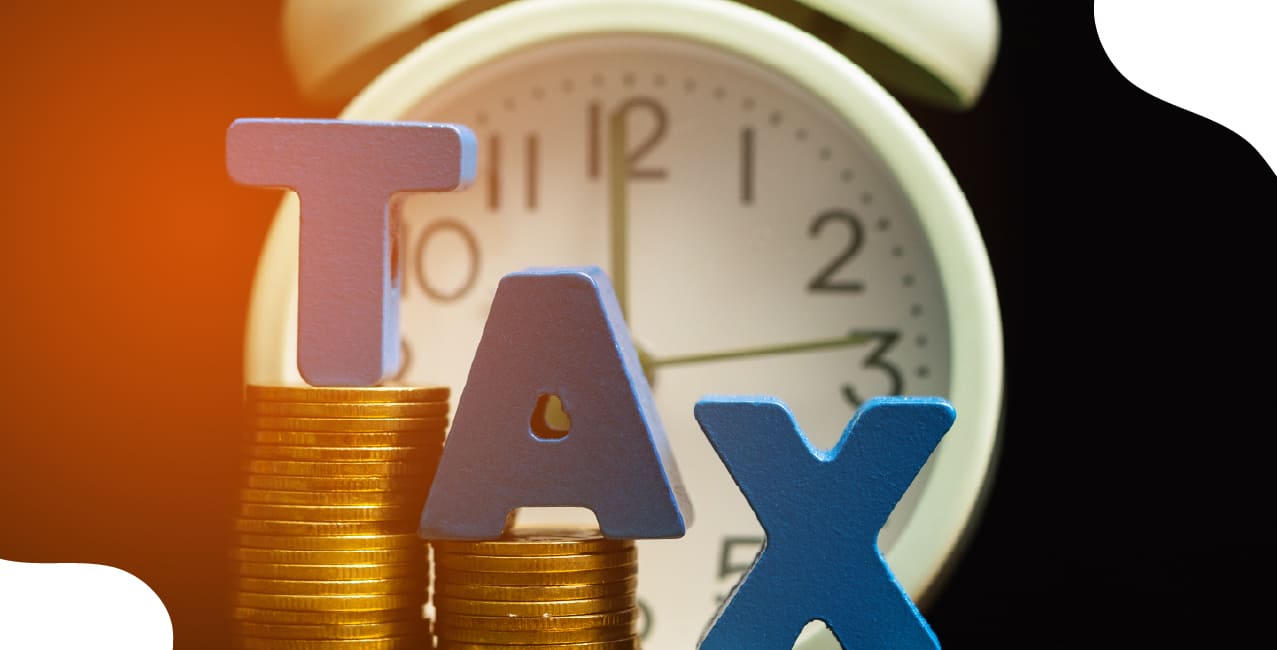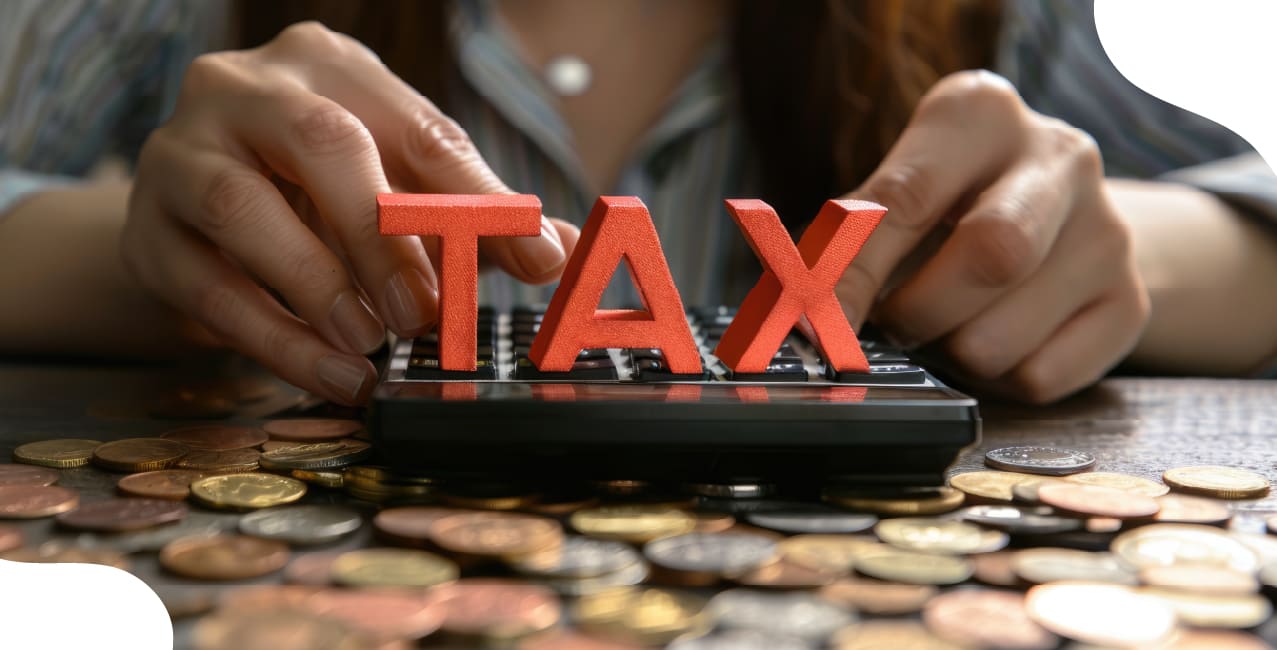
Author
LoansJagat Team
Read Time
6 Min
22 Sep 2025
Section 10AA of the Income Tax Act – SEZ Tax Benefits Explained
- Businesses in Special Economic Zones (SEZs) enjoy tax exemptions on export profits for up to 15 years—100% for the first 5 years, and 50% for the next 10 years.
- Businesses must establish a SEZ Reinvestment Reserve Account and utilise the funds for new equipment or plant for at least three years to continue receiving tax benefits after ten years.
- To ensure that only profits associated with exports are exempt, the tax-free portion is calculated as (Total Profit × Export Turnover) ÷ Total Turnover.
New businesses in Special Economic Zones (SEZs) get a tax break under Section 10AA of the Income Tax Act, 1961. These tax benefits aim to boost exports and attract investment.
Example:
Meet Dev, a businessman who starts a new software company in a Special Economic Zone (SEZ). Thanks to Section 10AA, he can keep all his earnings from software exports tax-free for the first five years. This allows Dev to reinvest all his profits into his company, which helps him grow. These benefits make SEZs attractive for entrepreneurs like Dev who want to succeed.
The table shows how the tax holiday works over 15 years:
According to this table, your developer's company can take advantage of a complete tax break for the first five years and a 50% exemption for the following ten, which is crucial for starting and expanding the company internationally.
This blog outlines the significant benefits that Section 10AA offers to entrepreneurs, such as Dev. But what happens when the tax holiday ends? How can businesses keep enjoying some perks? Let’s dive into our next key topic: What is the Special Economic Zone Reinvestment Reserve Account?
Read More - Section 10(23C) of Income Tax Act: Complete Guide & Benefits
What is the Special Economic Zone Reinvestment Reserve Account under section 10AA of the Income Tax Act?
The Special Economic Zone (SEZ) Reinvestment Reserve Account is a mandatory reserve that businesses must create to keep claiming their 50% tax exemption after the first ten years in an SEZ. Think of it as a promise to reinvest your tax savings back into the business to help it grow further.
Example:
Aman owns a manufacturing facility in a Special Economic Zone (SEZ). If he puts some of his profits into a special account called the SEZ Reinvestment Reserve Account, he can enjoy a 50% tax break for five more years after his initial ten-year tax benefits end.
He must keep this money for at least three years, using it only to buy new machines or equipment for his factory. He needs to report these purchases using Form 56FF.
If Aman has any money left after three years and fails to follow the rules, he will be required to pay taxes on it as a profit. Also, if he uses the money for expenses such as office rent instead of buying equipment, he'll face immediate taxes for that year.
The table below outlines the primary rules governing this reserve account. It serves as a quick guide for Aman to ensure he stays compliant:
This table clearly outlines the conditions Aman must meet to avoid penalties. Following these rules ensures he continues to benefit from the tax exemption.
Understanding tax deductions can be tricky. Let's see how to calculate the Section 10AA Deduction from the Income Tax Act. Let's dive into the math together!
( Bonus Tips: Sections 234B and 234C: Understanding Interest and Penalties on Advance Tax and How They Are Calculated.)
Calculating Your Section 10AA Deduction: A Simple Guide
To figure out the export profit for tax benefits under Section 10AA of the Income Tax Act, there's a special formula used. This "export profit" is the amount that can be excluded from taxes. It helps businesses save money when they export goods.
Example:
Let's follow Devam, a 45-year-old entrepreneur who owns a clothing manufacturing facility in a Special Economic Zone. His entire business turned a profit of ₹80,000,000 (80 lakhs) this year.
He made ₹5,00,00,000 (5 Crores) in total sales (turnover). Out of this, he made ₹3,00,00,000 (3 Crores) from selling his clothes overseas. Devam must apply the Section 10AA formula to determine the portion of his profit that is tax-free.
He plugs his numbers into the formula:
Export Profit = (Total Business Profit x Export Turnover) / Total Turnover
For Devam, this is:
Export Profit = (₹ 80,00,000 x ₹ 3,00,00,000) / ₹ 5,00,00,000
Also Read - Section 10(26) of Income Tax Act – Tax Exemptions Explained
Let's do the math step-by-step:
- Multiply Profit by Export Turnover: ₹ 80,00,000 x ₹ 3,00,00,000 = ₹ 24,00,00,00,00,000
- Divide that by Total Turnover: ₹ 24,00,00,00,00,000 / ₹ 5,00,00,000 = ₹ 48,00,000
So, Devam's export profit is ₹ 48,00,000.
Currently, 100% of this export profit (₹48,00,000) is tax-free because his unit is in its first five-year block. Only the ₹32,000,000 remaining profit (₹80,000,000 minus ₹48,000,000) will be subject to taxation.
The table below breaks down Devam's financials to show the calculation clearly.
This table shows you that Devam can easily comprehend and report his tax-saving calculation, which gives him a comprehensive overview.
After seeing the entire deduction calculation process, let's review all we've learnt about Section 10AA in the conclusion.
Bonus Tip: Carefully plan your unit's "commencement of operations." Starting late in a financial year (e.g., February or March) counts as your first year, which limits tax-free profits and shortens the benefit period. Aim to begin in April or May to maximise tax-free earnings for that first year.
Conclusion
Section 10AA is an excellent opportunity for companies in Special Economic Zones. It provides a long tax break that can help boost exports and support growth. By following specific rules, like using the correct calculations and setting aside money for reinvestment, businesses can save a lot.
This not only makes them stronger but also helps them compete better globally. Business owners like Dev, Aman, and Devam should take the time to understand this section. It can help them unlock benefits and build successful businesses for the future!
FAQs
What is the difference between section 10A and section 10AA of the Income Tax Act?
Section 10A offers 10 years of tax exemptions for businesses exporting goods and services, while Section 10AA provides up to 15 years of tax exemptions for companies in Special Economic Zones. To benefit after the 10th year under Section 10AA, a Special Economic Zone Reinvestment Reserve Account must be created.
What qualifies as export turnover for the calculation of deduction under 10AA of the Income Tax Act?
Export turnover refers to the total revenue a business earns from exporting goods and services, excluding related expenses such as insurance, freight, telecommunications, and foreign exchange charges.
Can business units carry forward losses under section 10AA of the Income Tax Act?
Section 10AA of the Income Tax Act allows business units to set off or carry forward losses as outlined in sections 72(1), 74(1), and 74(3).
Can taxpayers choosing the new income tax regime opt for deductions under section 10AA of the Income Tax Act?
Taxpayers choosing the new income tax regime are ineligible for benefits under section 10AA of the Income Tax Act.
Other Related Pages | |||
About the Author

LoansJagat Team
‘Simplify Finance for Everyone.’ This is the common goal of our team, as we try to explain any topic with relatable examples. From personal to business finance, managing EMIs to becoming debt-free, we do extensive research on each and every parameter, so you don’t have to. Scroll up and have a look at what 15+ years of experience in the BFSI sector looks like.

Quick Apply Loan
Subscribe Now
Related Blog Post

LoansJagat Team • 22 Sep 2025
_of_Income_Tax_Act.jpg)
LoansJagat Team • 22 Sep 2025

LoansJagat Team • 22 Sep 2025